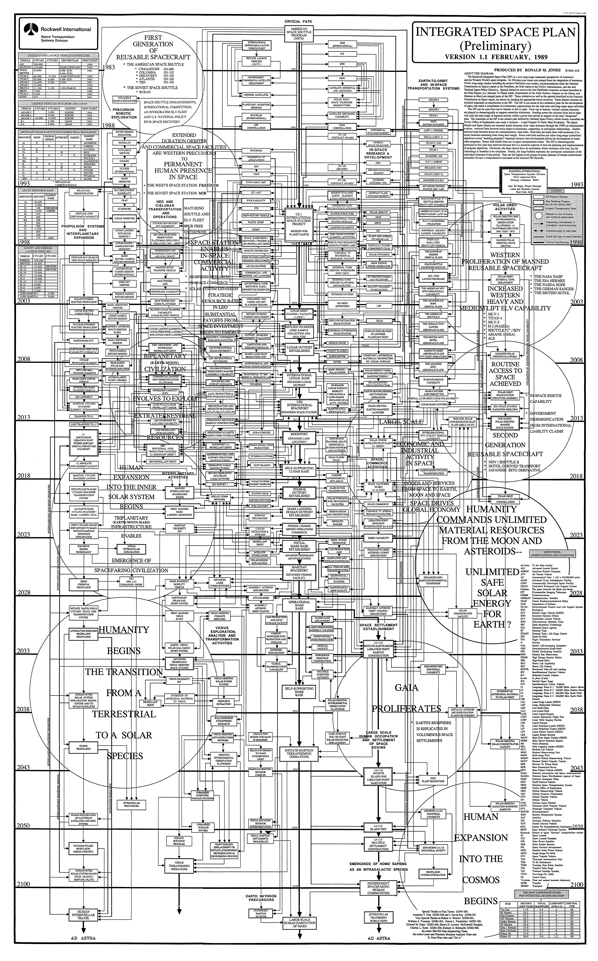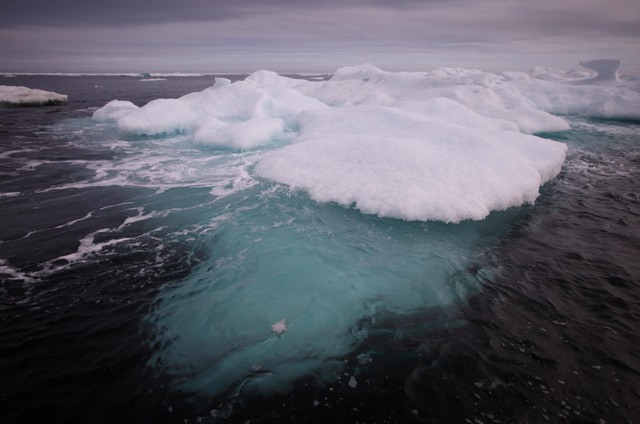
One of many unpredictable obstacles faced by Shell. (Photo by Jiri Rezac/Greenpeace.)
Our story, to this point.
- Shell buys the rights to some oil fields in the Arctic.
- It asks the U.S. government if it can drill there.
- The government says, Yeah, OK, drill. But: Don’t pollute the air while you do it, and you have to make sure you can prevent a spill with a robust prevention device. Oh, and you have to be done by Sept. 24, because that’s when the ice comes back.
- Shell mumbles under its breath and agrees.
- Shell heads on up to the Arctic, whistling that song from Snow White.
- The company asks if it can have longer than just until the 24th, because it’s not scared of any stupid ol’ ice.
- The company tests the containment dome meant to contain any spill, for two whole hours.
- The company almost loses a boat.
- The company pollutes a little.
- The company asks if the thing about not polluting the air could maybe be ignored.
- The company asks if it can drill a little bit until it gets its anti-spill device in place.
- The government, trying to win this election thing, says yes yes yes just go for Pete’s sake.
- Shell starts to drill for literally a day, then it stops, pointing at some ice and whimpering.
Which brings us to yesterday.
On Sunday, the Guardian spoke with the vice president of Shell Alaska, Peter Slaiby, who said that the company was eager to start drilling again, once the scary ice went away.
Asked if another major spill would destroy the company’s reputation, Slaiby said: “I feel there is a helluva responsibility on my head, but we have clear accountability models. I have the ability to do things in the right way and I have the backing of the most senior leaders in Shell to do things the right way.”
The company hopes to have Noble Discoverer, its drill ship, back on station any day now to continue its work, despite demands from Greenpeace and others to call off the operation.
Sunday was a long time ago. Here’s the update this morning:
“In order to lay a strong foundation for operations in 2013, we will forgo drilling into hydrocarbon zones this year,” Shell spokeswoman Kelly op de Weegh said in an email. “Instead, we will begin as many wells, known as ‘top holes,’ as time remaining in this season allows.”
While the company has received permits to begin preliminary work in the Arctic, it has been struggling to get its oil spill response barge, called Arctic Challenger, certified in order to get final drilling permits for the controversial project. The company successfully completed a series of tests for the containment system in the last several days, but during a final test, the containment dome aboard the Arctic Challenger was damaged, op de Weegh said.
(I, for one, am shocked that the containment dome somehow broke after the rigorous 120 minutes of testing to which it was subjected.)
And that’s that. The company will still drill little starter holes, but it can’t go near the pockets of oil. And it only has a week to do the “top hole” drilling. Then, back down south — the migration of the thwarted oilman — to spend the winter testing its containment system while watching another few episodes of Breaking Bad.
And to spend the next two months rooting super hard for politicians who aren’t such pains in the ass about “spills” and “pollution.”



